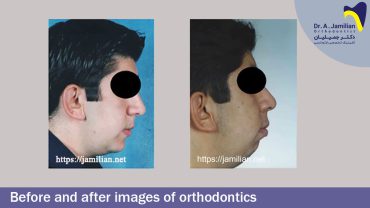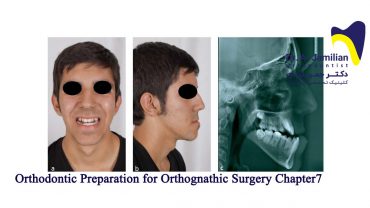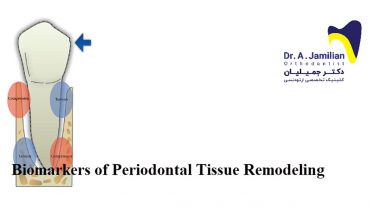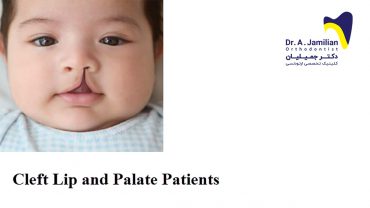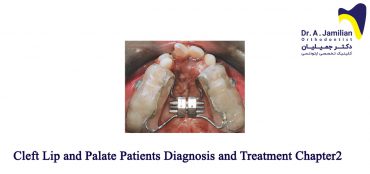What is a Veneer or Composite?

Veneers or composites are a type of dental restoration material that is placed on the tooth and are shaped by the dentist. In this way, teeth appear whiter and healthier. This method is cheaper than dental lamination and can be…

